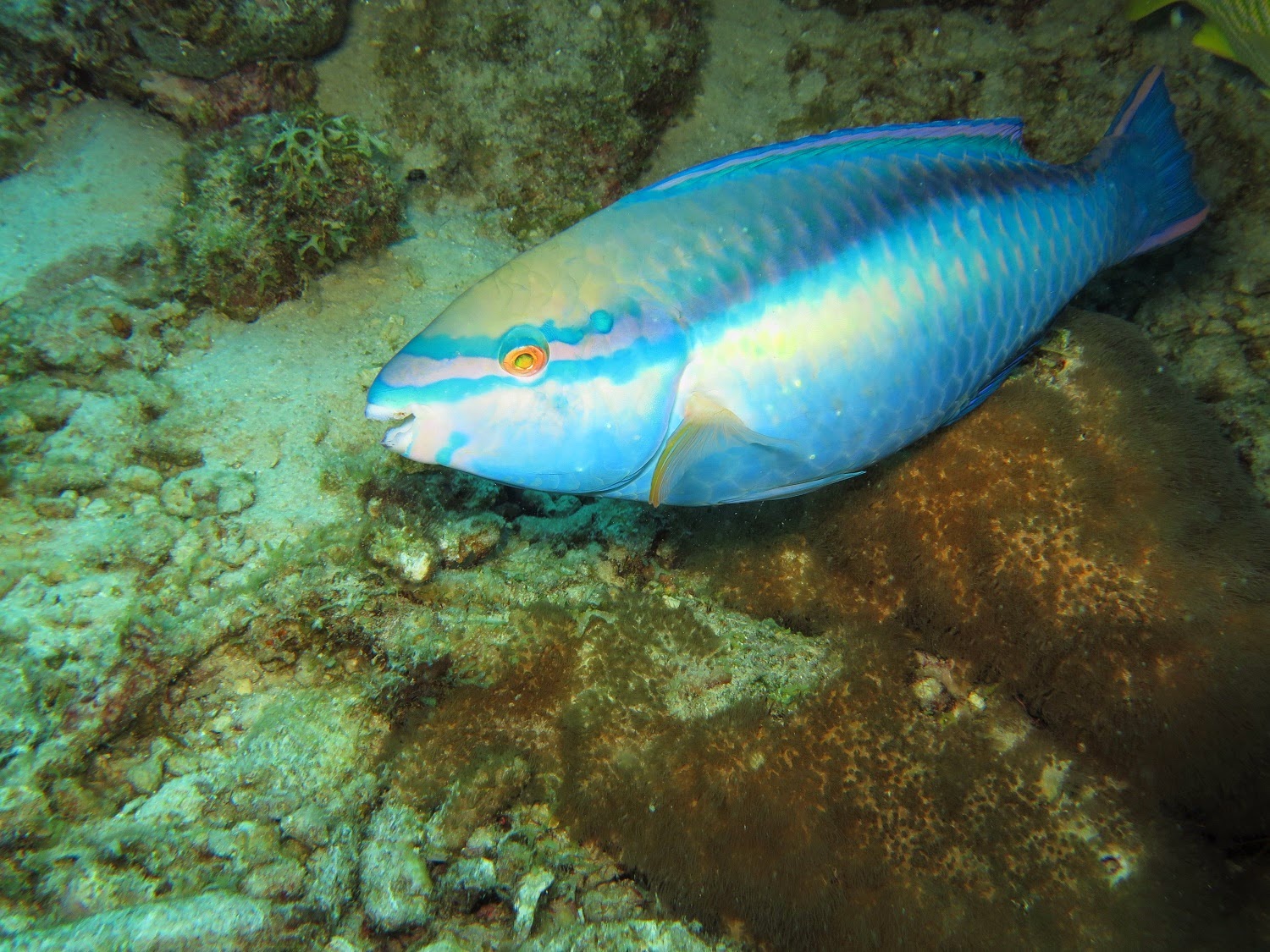This season, I have taken many photos of shrimp in anemones. However, as the shrimp are small and often moving, focusing on the shrimp is a challenge. Finally, I have a few photos that I would like to share.
The first is the squat anemone shrimp. Often, an anemone will host six or more of these shrimp. They jump about and sometimes retreat behind the tentacles when disturbed. They range in size from 1/4 to 3/4 inch. This photo was taken at depth of about 25 feet.
The next species is the Pederson cleaner shrimp. This shrimp grows up to 1 inch. It is an active cleaner shrimp, and is here associated with a corkscrew anemone. They wave their antennae to attract fish for cleaning. These photos were taken at a depth of about 40 feet.



















